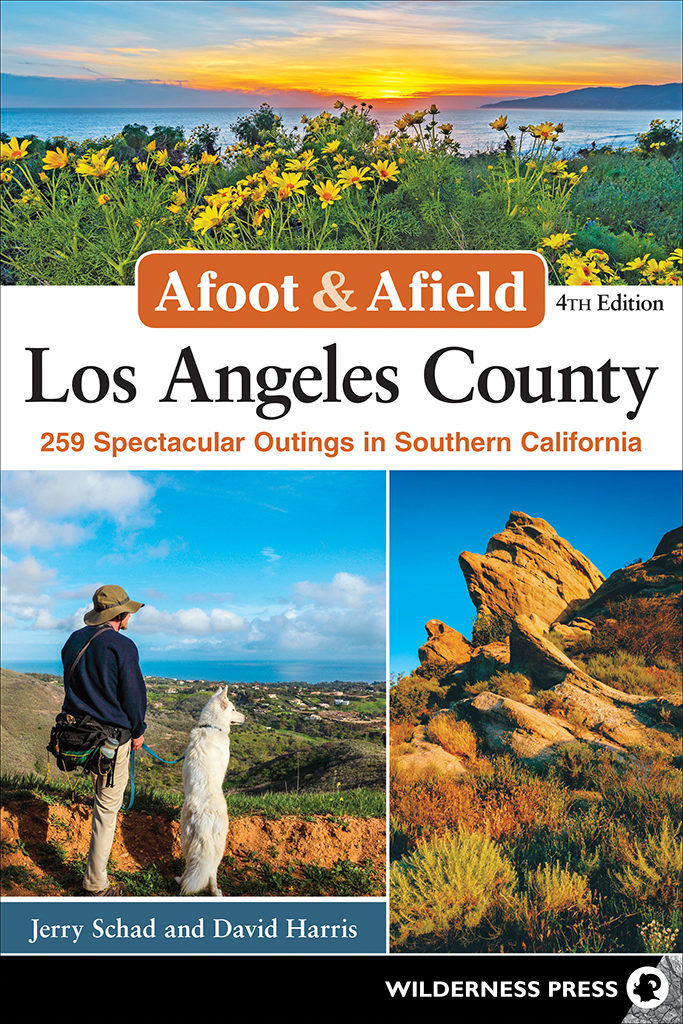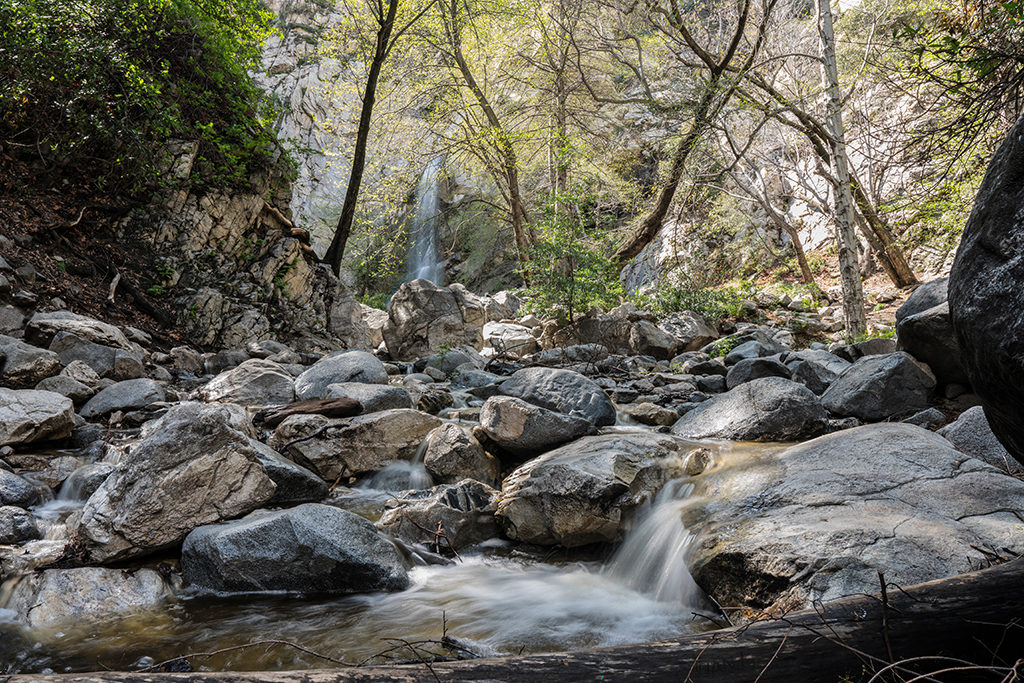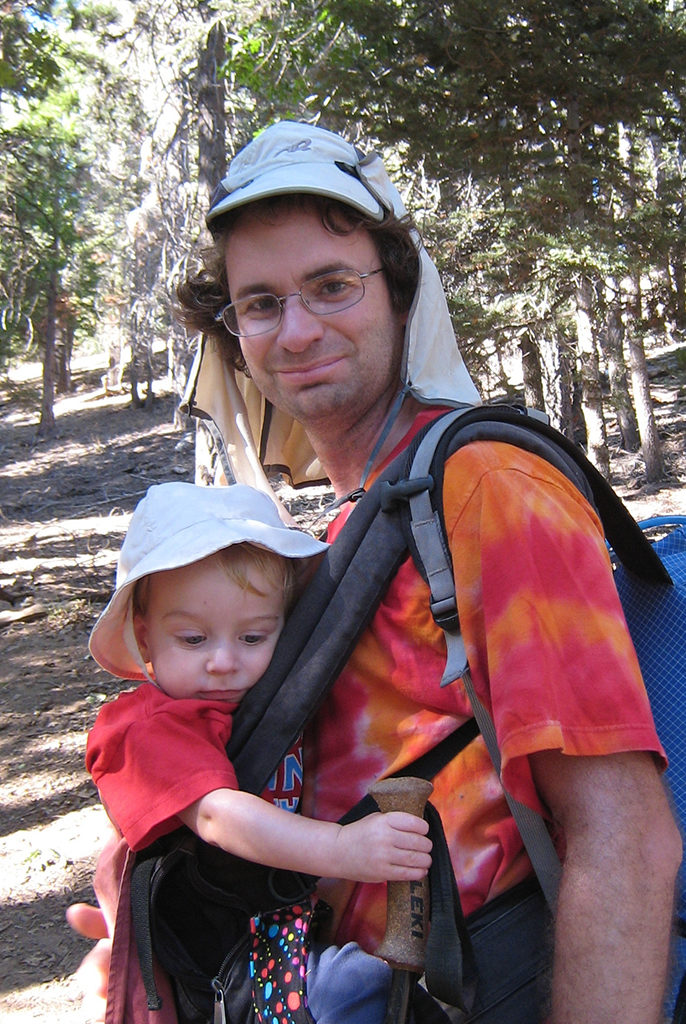Forget Summer; the Time to Hike Los Angeles County Is Now

From short nature trails to difficult peak climbs, Los Angeles County is a hiker’s paradise. The diverse topography and geology yield a variety of localized climates, and these climates make for excellent hiking conditions any time of year.
Yet there remains a notion in Southern California that summer is hiking season, even though it tends to be hot and dry. While this belief might make sense in other parts of our vast and beautiful country, it does not hold true in the Los Angeles area. For Southland residents and visitors, prime hiking conditions begin in autumn.
“Late fall brings autumn color to the oak woodlands and wet canyons of the county,” says David Harris, coauthor of Afoot & Afield: Los Angeles County (November 2019, Wilderness Press). Harris adds, “This is a time when the marine layer over the coastline and basin often lies low, while the air above can be extraordinarily clean and dry.”
The region offers plenty of trails to explore. In the updated edition of his guidebook (originally written by Jerry Schad), Harris details 259 spectacular outings. This comprehensive collection of hiking adventures is for everyone from families with small children to experienced mountaineers seeking the ultimate challenge. The guide encompasses almost all public lands within the county, including Griffith Park and the Hollywood Hills, the San Gabriel Wilderness, Crystal Lake Recreation Area, and numerous county and city parks.
Complete descriptions and driving directions are paired with easy-to-read maps with GPS waypoints. At-a-glance essential information—including distance, hiking time, elevation gain, and ratings for difficulty—help readers choose the perfect trail to fit their interests. Plus, readers need not venture far into the wilderness to find the top routes.
“Many of the best hiking opportunities start right on the edge of town, right off the freeway,” Harris says.
He would know. For the fourth edition of the book, Harris rehiked every open trail. In doing so, his field work involved more than 1,500 miles of walking and 20,000 miles of driving, over 2½ years.
Harris divides the trails into 33 regions and includes what he believes is “virtually every hike worth taking within an hour’s drive of the city.” The thoroughness of his approach makes Afoot & Afield: Los Angeles County an essential guide for anyone with an interest in experiencing Los Angeles County on foot.

With so many trails, it would be a challenge to explore them all. Luckily, Southern California’s hiking season lasts a very long time.
“More than 9 times out of 10, your outings in Los Angeles County are likely to coincide with dry weather and temperatures in a moderate register for at least part of the day,” says Harris. “Few other areas around the country, and probably no other great city in the world, can offer such good odds.”
Afoot & Afield: Los Angeles County ($24.95, paperback) is available wherever books are sold, including bookstores, gift shops, and online retailers.

About the Authors
David Harris is a professor of engineering at Harvey Mudd College. He is the author or coauthor of seven hiking guidebooks and five engineering textbooks. David grew up rambling about the Desolation Wilderness as a toddler in his father’s pack and later roamed the High Sierra as a Boy Scout. As a Sierra Club trip leader, he organized mountaineering trips throughout the Sierra Nevada. Since 1999, he has been exploring the mountains and deserts of Southern California. David is the father of three sons, with whom he loves sharing the outdoors.

Jerry Schad (1949–2011) was Southern California’s leading outdoors writer. His 16 guidebooks, including those in Wilderness Press’s popular and comprehensive Afoot & Afield series, along with his “Roam-O-Rama” column in the San Diego Reader, helped thousands of hikers discover the region’s diverse wild places. Jerry ran or hiked many thousands of miles of distinct trails throughout California, in the Southwest, and in Mexico. He was a sub-24-hour finisher of Northern California’s 100-mile Western States Endurance Run and served in a leadership capacity for outdoor excursions around the world. He taught astronomy and physical science at San Diego Mesa College and chaired its physical sciences department from 1999 until 2011. His sudden, untimely death from kidney cancer shocked and saddened the hiking community.

